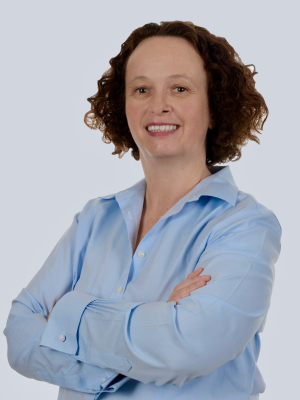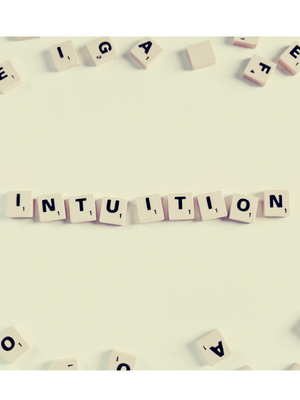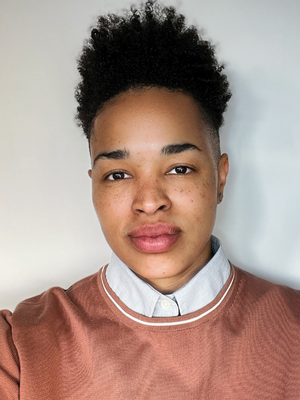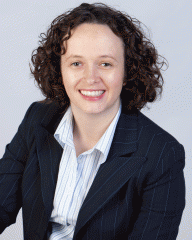 Ever wonder why some colleagues check in all the time while others seem impossible to get ahold of? The answer might be deeper than you think.
Ever wonder why some colleagues check in all the time while others seem impossible to get ahold of? The answer might be deeper than you think.
Maria is frustrated with her new employee, Kai. While Kai is talented and personable, he often avoids direct communication, is slow to respond to emails or messages, and seems uncomfortable with feedback or accountability. He tends to shut down when conversations become even mildly confrontational and frequently deflects responsibility by making excuses for missed deadlines. Although he’s likable, he keeps a noticeable emotional distance from the team and avoids collaborative tasks when possible. Maria wishes he would be more like her other report, Jayden, who is consistently dependable and proactive. She finds herself wondering: why people are, well, the way they are? And more importantly, is there anything she can do as a manager that would lead to Kai feeling more connected and improve his work habits?
Though many factors can contribute to a person’s actions, a psychological framework called attachment theory may help to explain the bigger picture. The idea is that every person forms an attachment style in early childhood, and what that style is can affect their outlook and behaviors forever. Our relationship dynamics begin the moment we are born. And the way we form attachments to our earliest caregivers can affect our relationships into adulthood; they make up what I call our “relationship operating model.”
What does attachment look like for young children? Consider Mary Ainsworth’s “strange situation test.” For this study, a mother leaves her child with a stranger in a toy-filled room. Securely attached children initially show distress, but resume playing happily when their mother returns. Anxiously attached children initially welcome their mother’s return, then become uncertain, alternating between seeking closeness to her and playing with toys. Avoidantly attached children either continue playing as if nothing happened or actively avoid their mother upon her return.
But how does this affect the workplace? Well, the secure, anxious, and avoidantly attached behaviors demonstrated in this study can be traced directly to our adult, professional lives. An employee’s attachment style affects not only our relationships with coworkers, but also influences our ability to successfully complete tasks.
Ainsworth’s study demonstrates the importance of a “secure base.” She found that when the securely attached child’s mother was present, the child could confidently explore their strange environment. Having a secure base allows us to take well-considered risks and be creative, knowing we can rely on that foundation to support and guide us as we explore new and innovative ideas. In the workplace, if you have a secure relationship with your business partner or colleague, you are more likely to innovate than if you have an anxious or avoidant relationship with them. This phenomenon has been called the “dependency paradox.” When you feel you can depend on others, you are more likely to act independently. Furthermore, secure attachments with others in the workplace often result in greater creative longevity. Secure relationships can be an antidote to burnout.
On the other hand, if you feel like you can’t depend on your colleagues, you might avoid communicating with them or even interacting with them. This avoidance may result in difficulties getting buy-in or assistance when needed.
Researchers link attachment style to how we communicate with others. Those with an anxious attachment style tend to over-communicate. They feel the need to constantly check in, are hyper-aware of others’ emotions, and tend to think others view them negatively. Anxious employees are also extremely sensitive to the feedback they receive, and they strongly desire affirmation.
On the other hand, those who fall more under the avoidant category tend to under-communicate. They don’t ask for help when they need it, don’t consult with others prior to making major decisions, and don’t regularly inquire about how others are doing. They are less likely to trust others, including their leaders.
Both anxious and avoidant leaders tend to have more difficulties with delegating work than securely attached leaders. Those with an anxious attachment style are often ineffective at delegating because they fear that relinquishing control could lead to disapproval, make them seem less valuable, or even jeopardize the relationship—fears rooted in a deep need for reassurance and connection. In contrast, those with an avoidant attachment style are often unable to delegate because they struggle with trusting others.
But there is hope! One interesting study found that when the participants were prompted to recall a secure relationship, they were less likely to disengage their sense of morality when they encountered an ethically challenging situation. If simply recalling a secure relationship can have such a profound impact on behavior, consider the potential impact of working to adapt your relationship operating model.
Both anxious and avoidant leaders affect the workplace by making it feel less stable, secure, and safe for their employees and their business partners. But research has found that the inverse is true—a leader’s consistent support helps employees feel more secure. Secure leaders are much more likely to support the development of their employees and encourage more positive work behaviors within the company.
Remember: an avoidant or anxious attachment style is not a “sentence” to a challenged life. If you are self-aware and can actively work to heal the attachment ruptures from childhood, it’s possible to create a new outlook on life. Positive relationships characterized by secure attachments later in life can lead to positive outcomes, where we heal and can become better versions of ourselves. Your attachment style can have a direct effect on your employees’ and business partners’ perceptions of how consistently you will be there for them. They want to know they can depend on you.
By: Dr. Karen Bridbord is a licensed psychologist and organizational psychology expert who merges psychological insights with lessons learned from more than two decades of leadership consulting. Her book, The Relationship-Driven Leader: Strengthening Connections to Enhance Productivity and Wellness at Work (April 8, 2025) reveals how strong workplace relationships can enhancing organizational excellence and employee well-being. She lives in New York.
(Guest Contribution: The opinions and views of guest contributions are not necessarily those of theglasshammer.com).








